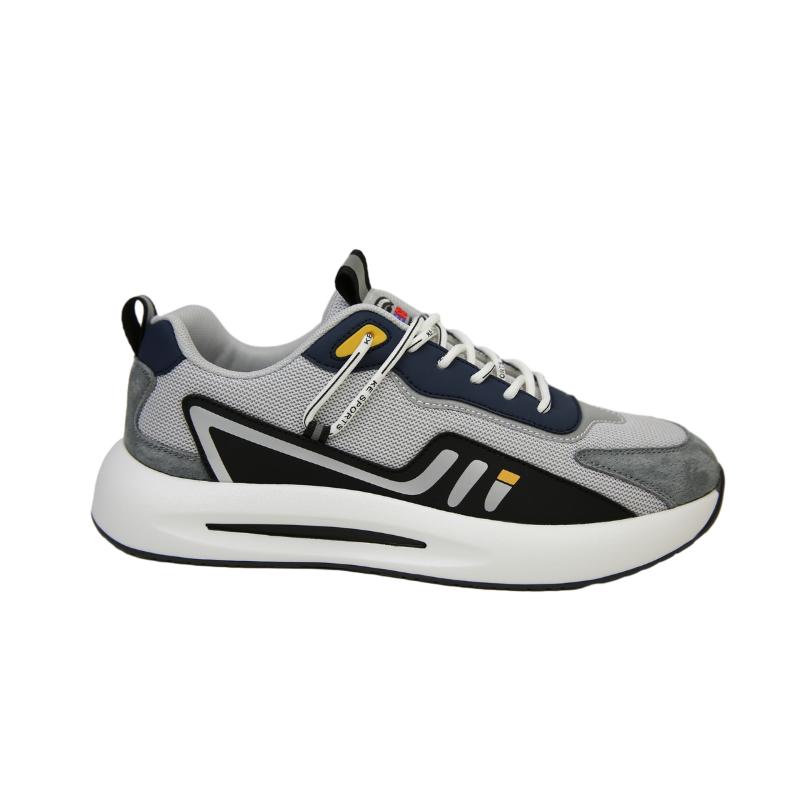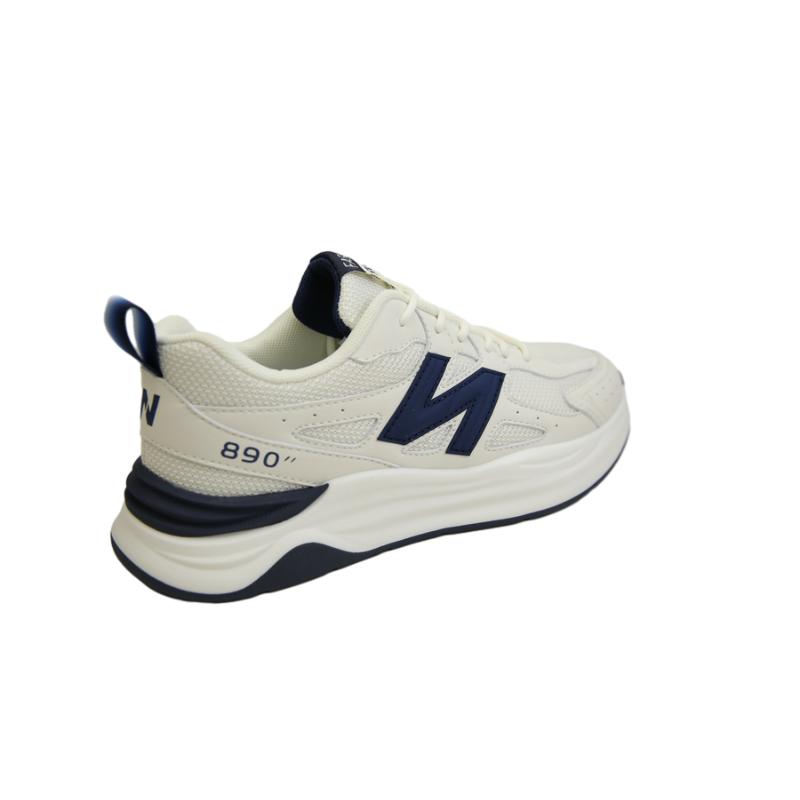In conclusion, men's hunting insulated boots are an investment in your hunting experience. They not only shield you from the cold but also enhance your performance in the field. So, take the time to choose wisely, considering factors such as insulation, outsole, waterproofing, comfort, and intended use. Remember, the right boots can turn a challenging hunt into an enjoyable one.

 This ensures stability on loose ground, steep inclines, and slippery rocks This ensures stability on loose ground, steep inclines, and slippery rocks
This ensures stability on loose ground, steep inclines, and slippery rocks This ensures stability on loose ground, steep inclines, and slippery rocks

